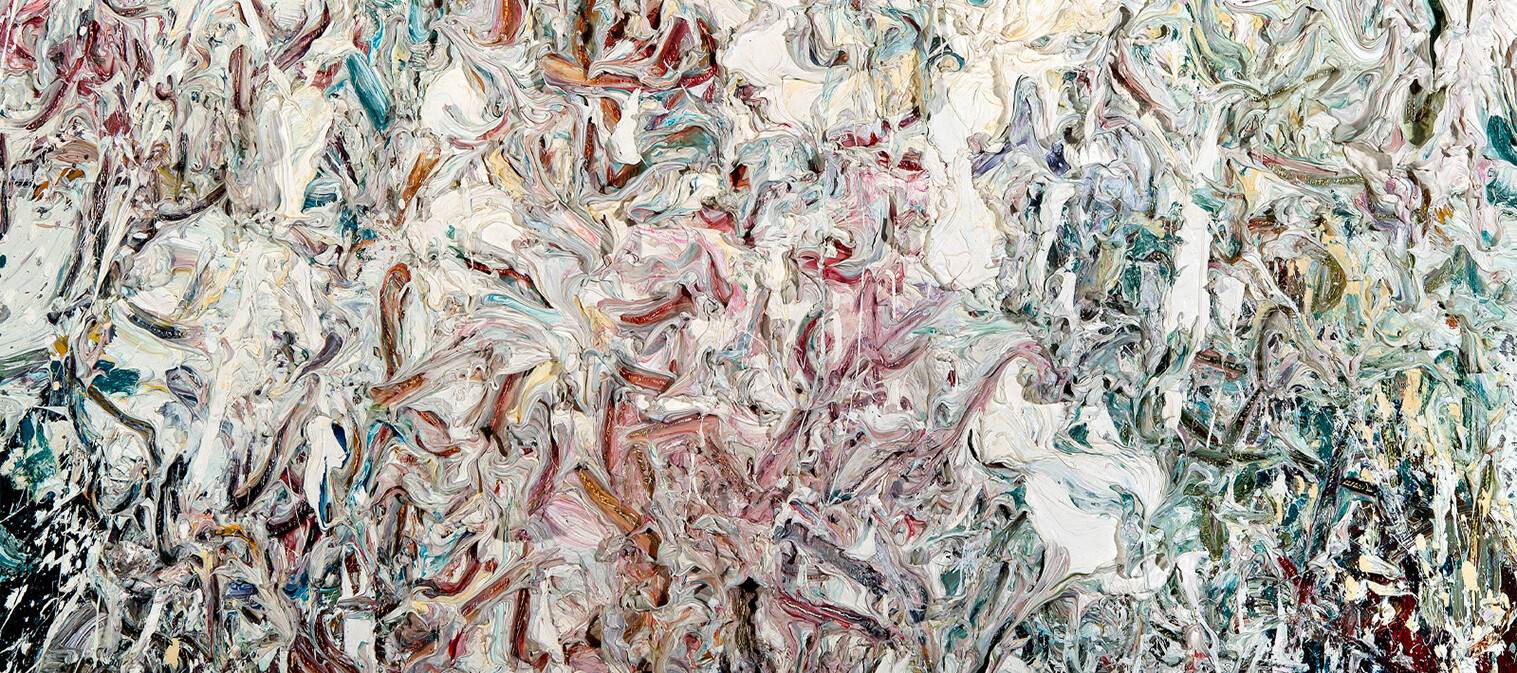


TIM HAWKESWORTH
Tim grew up in Ireland, immigrated to the US in 1977. He has been showing in New York since the early 1980’s as well as other cities around the country and in Europe. His work has received considerable critical attention including reviews in the New York Times, Art News, the New Yorker, the LA Times, the Boston Globe and the Irish Times.
Hawkesworth’s writing has also been published by several art magazines. He teaches his workshops at different locations around the country including, Massachusetts College of Art in Boston, and Bennington College in Vermont.
Hawkesworth’s artwork is in many public and private collections including the Brooklyn Museum, the Museum of Fine Arts in Boston, the Irish Museum of Modern Art and the Dublin City Hugh Lane Gallery. He is currently represented by Littlejohn Contemporary in New York and Peyton Wright Gallery in Santa Fe. His work was recently featured in a solo exhibit at the Royal Hibernian Academy in Dublin and he is one of four Irish painters in The Quick and the Dead at the Dublin City Hugh Lane Museum.
There is an urgency and sense of disruption in the marks and the battered surfaces of Timothy Hawkesworth’s drawings, a similar quality that is seen in the artist’s paintings. The energized marks relentlessly make and unmake the images that seem to come to us as survivors rather than products of the process. One senses a meditative stillness and equilibrium which overlays the restless quality of the artist’s hand in his work.
Donald Kuspit has written that “Hawkesworth’s art is about the uncanniness of suffering.” In the artist’s work, however, there is more evidence of the force of life. It seems to be informed by the old paradox: because death is inevitable, all human activity is futile; it is at the same time and for the same reason, heroic and deeply touching. Elizabeth Sussman has written: “Hawkesworth’s art conveys a desire for painting to return to its primary concern for deep existential meaning.”
Mr. Hawkesworth, who grew up in Ireland, draws heavily from his European roots. It is, as Donald Kuspit has noted, “art that is existentially and humanistically orientated. It is concerned to articulate a tragic sensibility…. Art once again engaged with trying to say what it means to be human”. Educated in Trinity College Dublin, Hawkesworth has been exhibiting regularly in New York and Ireland. His work has received considerable critical attention and is in many public and private collections including the Brooklyn Museum of Art and the Museum of Fine Arts, Boston. He has exhibited at the Royal Hibernian Academy, Dublin, San Diego Museum of Contemporary Art, and the List Visual Arts Center at MIT in Cambridge, MA.
ARTIST STATEMENT
When a painting goes well it is easy: It has a life of its own. Its quality and conviction comes from its naturalness. It appears effortless because it is. The work, the struggle is getting to that place of effortlessness with enough knowledge and experience so that it will cohere into the language of painting. The other challenge is not messing with that effortlessness: not letting the conscious mind mess with the wonderful lightness of those moments.
Artist statement? I don’t know.
In Ireland the sky hurries over you. It is on its way, directed, always moving. It remembers the heat of the Great Plains of America where it slowed, turning its intensity to a still hum, the vibration of an oven. Then the choppy turns and stormy marriage with the endless Atlantic and at last those fingers of land, a mere whisper below. It hurries past, pulled by the grandeur of the Alps, looking for something worthy of its scale. On its way it slows down over the rich land of southern England and France. But Ireland is just a wild place to pass over. Incidental. Small fry. A taste of land after the endless ocean.
This makes the Irish quick and alert, accustomed to change, to movement, to swollen rivers and changing light. History, poverty and oppression combined to make us migratory. The weather just mirrors this truth. We are blown around. All over the place.
Down in the valleys you see the speed of the sky. It is delineated by the mountains either side racing by. Higher up on the open heather it surrounds you – you are fully exposed – buffeted. Blown open.
The valley is pulled at by the river – dragging at its banks – carrying off debris – the fallen trees, the loose earth – anything not well rooted. I grew up in this valley, pretty much unschooled, free to be formulated by these forces, so it is here that I find my freedom, my doorway, and my paintings – a way past the confines of myself.
We are all visitors – just stopping by – migrating in consciousness – on the move whether we know it or not. Behind all our great monuments and civilizations and our accumulations of power and wealth, this truth prevails. It colors our achievements with pathos. It leads us to those moments of seeing where the movement of it all catches us up and lays us out. We forget ourselves. It is here we touch into the source of our creativity. We know it inhabits the older part of our brains. It is old in us. It is origin – source. Our art is not the product of civilization, of curators, of universities, of canons of learning, of culture. It prefigures it. Drawing is as old as song. It arrived in its earliest manifestations, fully realized. Everything we have, every word we use comes from our creativity, from going out beyond what we know – from raiding the inarticulate – from going below the floor of consciousness. It is all gift and we are all gifted.

